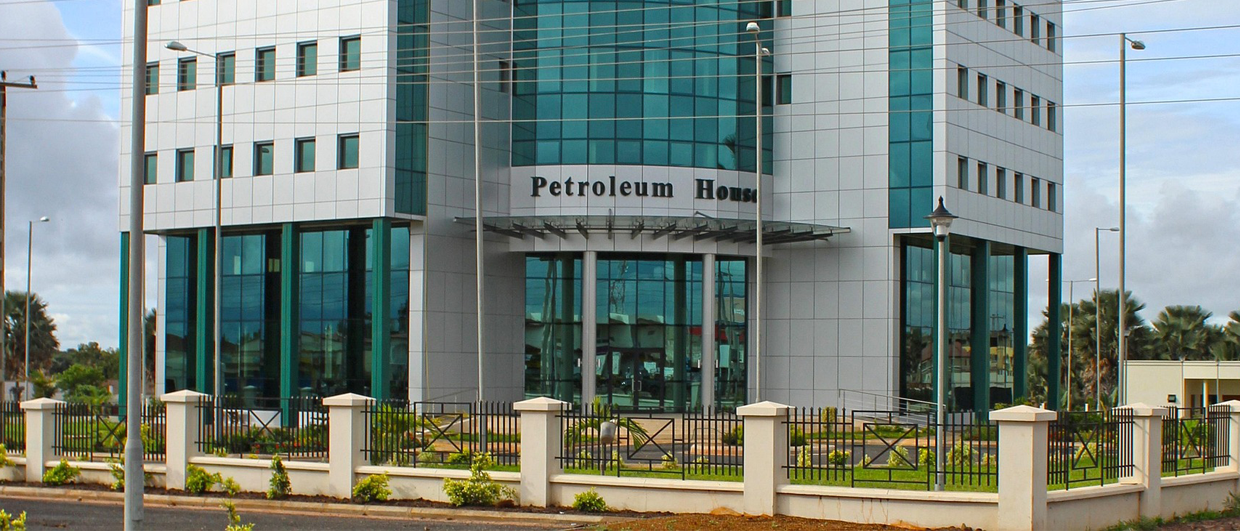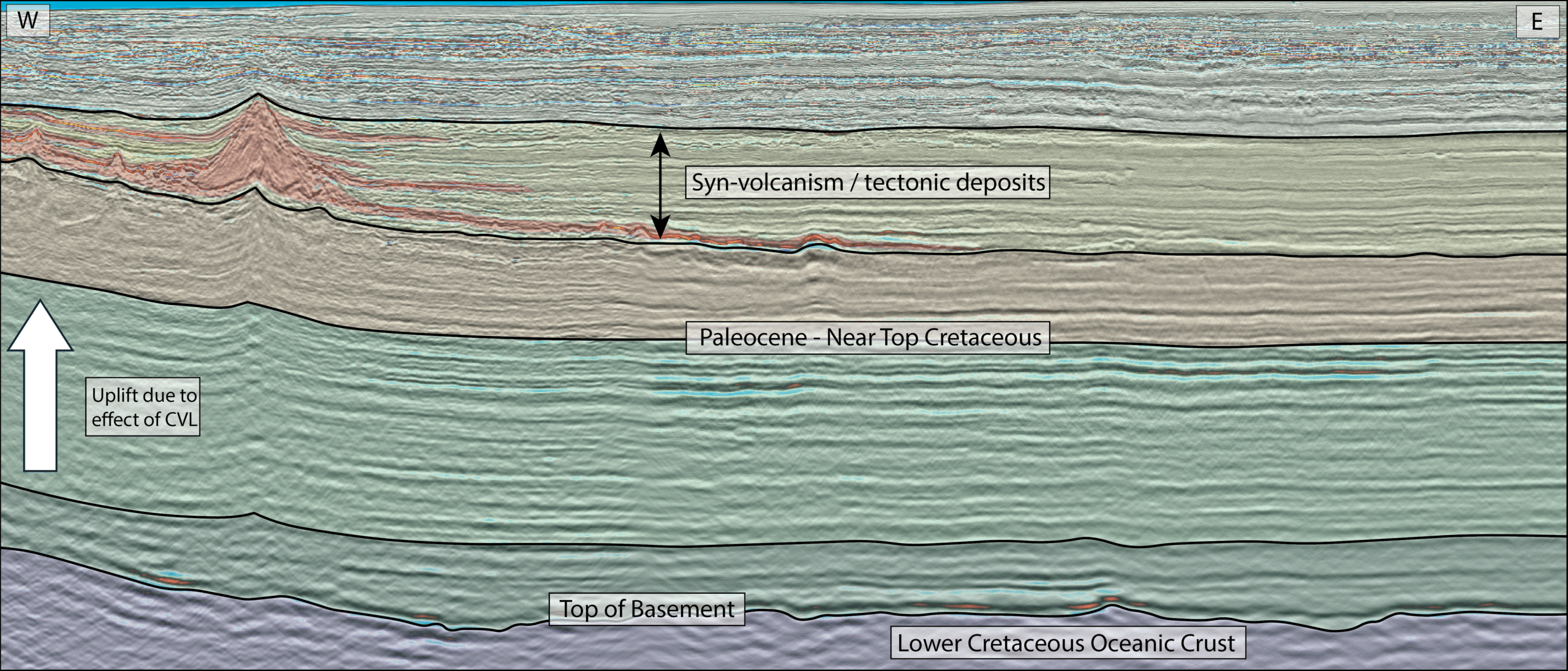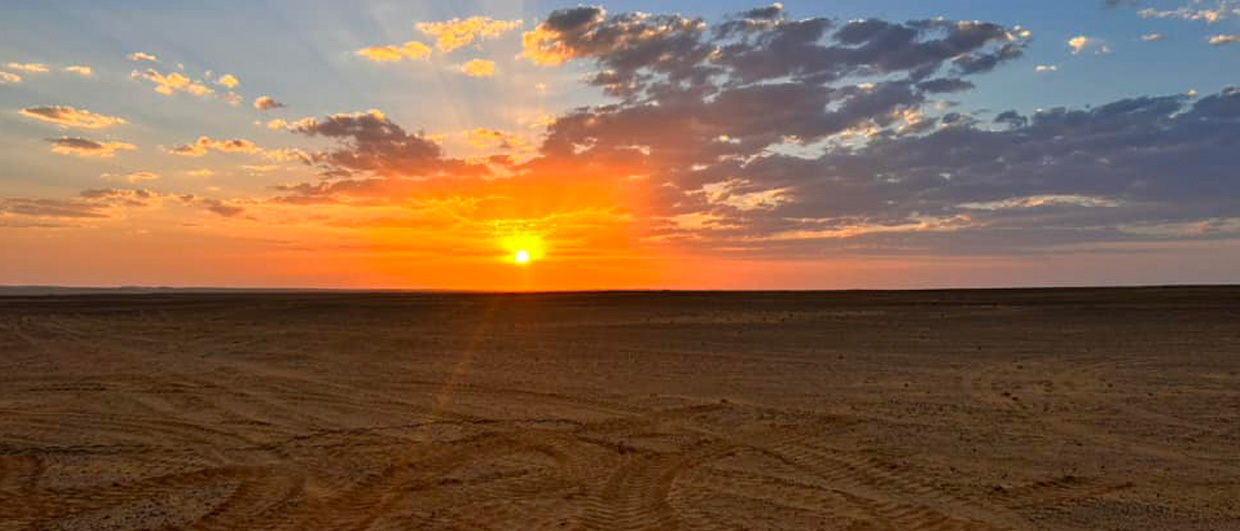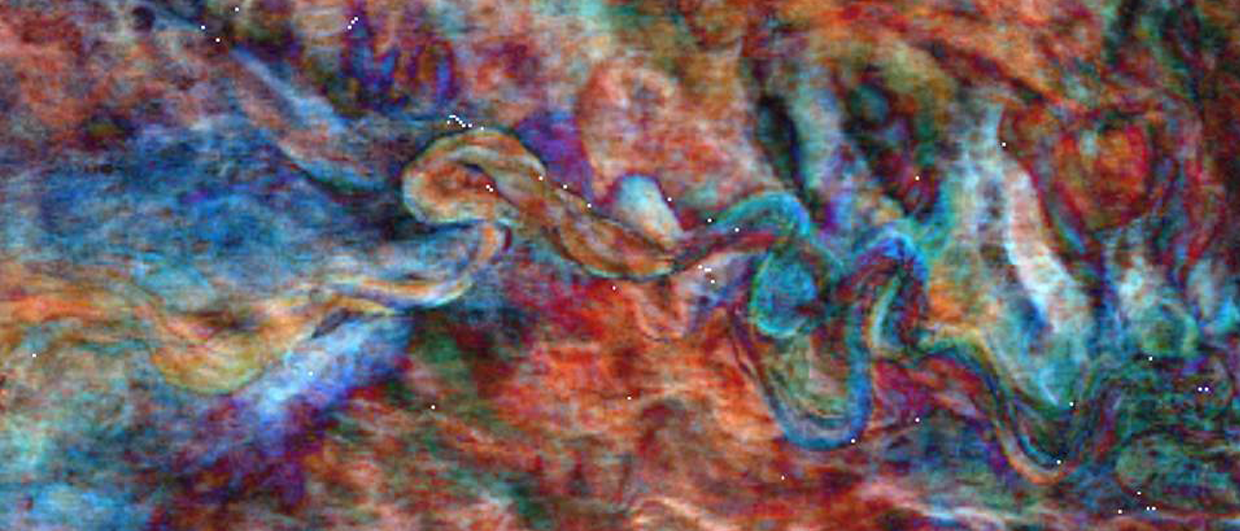A petrophysical study, the first in the Kavango Basin, has identified five potential conventional reservoir zones in the 6-2 well, of which three are clastic zones and two are carbonate zones (limestone, dolomite) based on the first set of core analysis and mineralogical data from Core Lab. This study, which brings together wireline log data, core data, and sample and hydrocarbon show data from the 6-2 well, confirms 198m (650 feet) of net reservoir over five separate intervals.
A new 2D seismic programme of some 450 km is progressing well with acquisition showing good initial data quality. The programme is on schedule for completion by the end of October 2021. The new 2D data will provide the critical insight for the second phase of drilling into seismically defined structures or traps.
ReconAfrica and its joint venture partner NAMCOR (the state oil company of Namibia) confirmed in late September that the Ministry of Mines and Energy granted approval of a one-year extension for their 6.3 million acre (PEL) 73 exploration licence, due to the Covid-19 pandemic impacting progress. This now extends the First Renewal Period to 29 January 2023 and gives the company time to fully evaluate the new seismic data and plan its next drilling campaign.
Meanwhile offshore Namibia, long seen as a potential new source of oil, has been hampered by a lack of exploration to firm up the extent of its reserves. Its offshore geology is similar to Brazil, which has seen a boom in oil exploration.
Gas has already been discovered offshore Namibia by Chevron in 1974. Since then, various operators, including Shell and Tullow Oil, have drilled a further seven appraisal wells on the Kudu field before withdrawing from the concession after failing to secure a commercial outlet for the gas. The field is estimated to contain resources of 750–2,300 Bscfg. Oil was found in May 2017 at the Wingat-1 well in the Walvis Basin, drilled by Brazil’s HRT, but not in commercial volumes.
The Venus-1 exploration well in Block 2913B in the far south, operated by TotalEnergies is expected to spud in December 2021, and will target a large, DHI-supported, basin floor fan system of Albian age. Shell’s Namibia Graff-1 well will also spud in the same timeframe and targets a Late Aptian/Albian sandy turbidite channel system.
Ambitions for the offshore are now high with investors and explorers waiting to hear the results of these new wells with bated breath. Should a major find in 2022 be made to confirm this area as a major new oil and gas hub, other major oil companies will no doubt enter the fray, and some will also look further south to the Southern Orange Basin.





